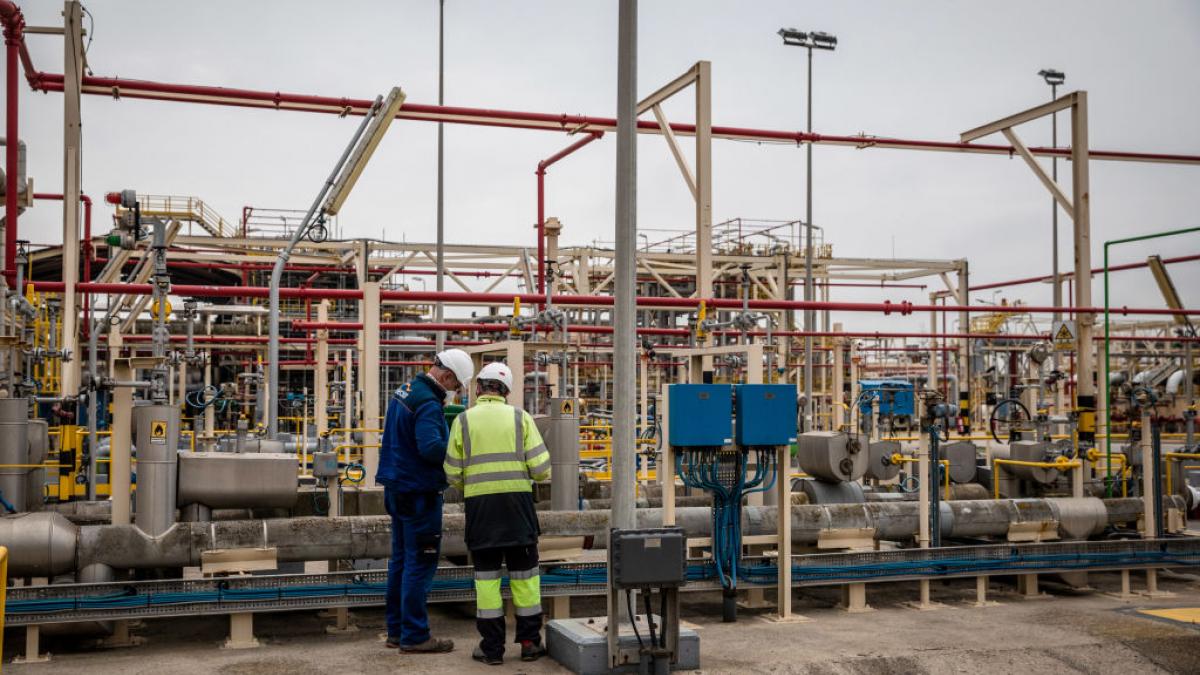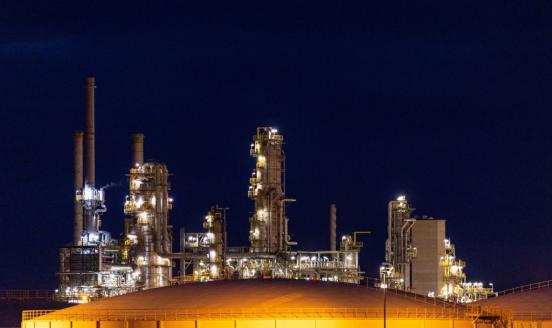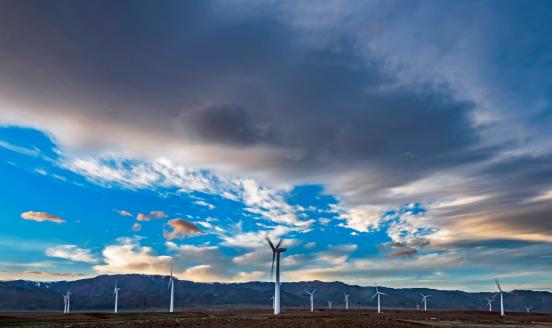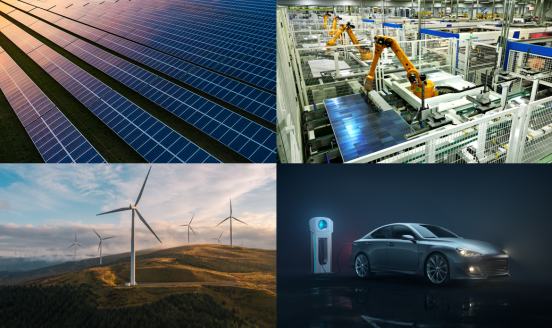The European Union demand response to high natural gas prices
Even before Russia’s invasion of Ukraine, high natural gas prices triggered an estimated European Union demand cut of about 7%.

European gas markets are in turmoil. Supplies from Russia in the first quarter of 2022 (289 terawatt hours) were 30% lower than the same period of 2021 (408 TWh). Policymakers in both Russia and the European Union are discussing the possibility of a complete stop to Russian gas flows to the EU. Markets are extremely nervous, resulting in a six-fold gas price increase in the first quarter of 2022 compared to one year earlier (Figure 1).
High EU gas prices (and benign global market conditions) saw the EU import 305 TWh of liquefied natural gas (LNG) in the first quarter of 2022, compared to 170 TWh a year previously (see tracker). But high prices have not only lured new gas supply into Europe. They have also encouraged consumers to reduce gas demand significantly. We estimate a 7% drop in Q1 2022 compared to Q1 2021 (1402 TWh versus 1507 TWh; see Annex 1). This can only partly be explained by milder weather.
Anecdotal evidence suggests high prices have led industrial companies to reduce natural gas consumption, but it is not clear by how much. National and sectoral natural gas demand data is not made available in a timely manner, and we can offer only partial evidence (see below) suggesting EU industrial gas demand has fallen by around a fifth.
Gas-to-coal switching in the EU power sector has not contributed to reduced demand as gas-fired generation was actually up by 4TWh in Q1 2022 compared to 2021, because of lower nuclear and hydro production (Figure 2).
This implies that household and other gas demand (including services and non-individual household heat generation) in Q1 2022 was about 5% lower than one year previously (Figure 3). If the goal is to replace Russian gas entirely, this is a promising start, as Russia invaded Ukraine near the end of the first quarter of 2022 and so far, the EU and its members have not introduced strong energy-saving policies. On the contrary, national policies in response to rising energy prices have focussed on cutting taxes, boosting demand. We showed previously that with stronger policies, savings of roughly 20% of total demand could be achieved.
Industrial demand estimate
Our industrial reduction estimate is based on data from the European Network of Transmission System Operators for Gas (ENTSOG) (Figure 4, Annex 2). This shows in Q1 2022, weekly industrial demand for natural gas in Italy was 0.25TWh/week below 2021 levels; in Belgium, it was 0.3 TWh/week lower; in Luxembourg 0.1 TWh/week lower; and in the Netherlands 1.3 TWh/week lower. In total, these demand reductions suggest a 20% drop compared to 2021 levels. As industrial demand comprises 25% of EU total demand, a 20% annual reduction in industry demand across all countries would result in a 5% reduction in total gas demand. Data available for the UK show a weekly drop of 0.35 TWh/week.
A shift in trade flows further highlights declining demand from EU industry for natural gas over the past few months. One of the factors in decreasing EU industrial gas consumption is that energy-intensive products are exported less and/or imported more when natural gas and electricity prices are high (Figure 5).
Natural gas is the key input for production of chemicals and ammonia. In December 2021, EU ammonia imports amounted to €250 million compared to €96 million in June 2021 (Figure 3). Some of this effect is driven by prices but not all. We estimate a 27% increase in ammonia imports in December compared to June. The production of each tonne of ammonia requires 10 MWh of natural gas, and therefore the increased ammonia imports amount, in effect, to an increase in embedded natural gas imports of 0.5 TWh/month (Table 1). Imports of chemicals excluding ammonia increased by about €400 million from June to December 2021, implying further embedded natural gas imports.
Imports of aluminium, for which electricity is a key input to production, have also responded to high power prices. In December 2021, EU aluminium imports were worth €2 billion, while in December 2020 they were €1.2 billion. Accounting for price effects, we estimate a 35% increase in physical imports. For each tonne of aluminium, the electricity input is 15.5 MWh, implying indirect imports of 3.6 TWh/month of electricity. If produced using only gas, this would represent 7 TWh/month of natural gas.
Iron and steel imports grew throughout the second half of 2021, and were approximately €2 billion higher in October compared to June, but in November they dropped off.
As a side note – but importantly – our triangulation of data sources and sectoral gas consumption has underlined a significant data problem. If complex demand-reduction policies must be organised almost in real-time during a crisis, more disaggregated and timely gas consumption data is needed, especially on households and industry.
Recommended citation:
McWilliams, B. and G. Zachmann (2022) ‘The European Union demand response to high natural gas prices’, Bruegel Blog, 8 April
Annex 1
To calculate implied demand, we compared the change in storage on the first of each month, accounting for imports provided by the Bruegel import tracker and assuming that production volumes were the same as they were in 2021. Applying the methodology retrospectively shows that it is a reliable predictor of what Eurostat demand reports are likely to be.
Annex 2
ENTSOG provides data on gas flows to industrial consumers for some countries: Italy, Belgium, Luxembourg, the Netherlands and the United Kingdom. The flows are described as ‘Italian Industrial Consumers’, ‘Belgian Industrial Clients’, ‘Industrial Clients (LU)’, ‘Dutch Industrial Consumers’ and ‘UK Industrial Offtakes’.
Excluding the UK, industrial demand in the four EU countries in 2020 added up to 400 TWh. Eurostat reports final consumption (energy and non-energy) from these four countries of 270 TWh in 2020, implying that some extra demand is included in the ENTSOG data beyond a typical description of industry, eg gas flowing to large combined heat and power plants. We are not able to access precise descriptions of what the data includes.



